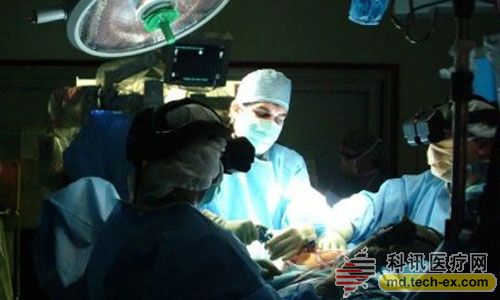Release date: 2016-01-21

Bacterial resistance is a growing problem worldwide, causing 2 million infections per year in the United States and 23,000 deaths.
The University of Colorado at Boulder invented a nanoparticle therapy that effectively destroys resistant bacteria, including Salmonella, E. coli, and Staphylococcus. In the laboratory, nanoparticles kill 92% of drug-resistant bacterial cells without damaging other cells.
This treatment uses a light-triggered therapeutic nanoparticle called a "quantum dot." These extremely tiny particles are a bit like the semiconductors used in the electronics industry. They are 20,000 times thinner than human hair. When exposed to light, they are a critical blow to the bacteria cells. The study, published in Nature, first author Prashant Nagpal said: "By shrinking semiconductors to the nanometer size, we can create specific responses to infections only in the cellular environment."
This is not the first time humans have used nanoparticles to fight bacteria. Previous studies have shown that metal nanoparticles are effective against antibiotic-resistant infections, but at the cost of they: they produce indiscriminate damage to other cells around the infection.
In contrast, the light-triggering traits of quantum dots allow them to be specifically treated for an infected area. These nanoparticles are in an inactive state in the dark, but once placed in a specific wavelength of light, the researchers can activate these particles to effectively treat infected cells.
According to the researchers, this feature can reduce or eliminate the side effects of patients in the treatment of infections, and can also promote the development of antibiotics in the future.
Anushree Chatterjee, one of the researchers, said: "Antibiotics are not only the basic method for treating bacterial infections, but also the key to treating HIV and cancer. For us, it is impossible to develop effective treatments against drug-resistant bacteria, which is intolerable. This technology gives us a step further from the solution."
Obviously, there is still a lot of work to be done before new technologies can safely treat infections in humans. When the bad news of bacterial resistance is endless, such a potential technology is undoubtedly inspiring. Nagpal said: "Although we foresee that these bacteria can always adapt to drugs and resist treatment, we can use quantum dots to find new therapies and defeat them in this evolutionary battle."
Source: Medical Valley
Innovative jet embedded nylon technology maximizes the efficiency of sample collection from patients. Nylon adheres vertically and evenly to the surface of the swab tip, improving the efficiency of cell and liquid sample collection and release. Increased analytical sensitivity, no specimen residue, and accelerated specimen processing.
Flocked Swab,Collect swabs from specimens with flocked tips,Medical sampling swab oral nylon swab flocking,Acts in the clinical diagnosis
Jiangsu iiLO Biotechnology Co., Ltd. , https://www.iilogene.com